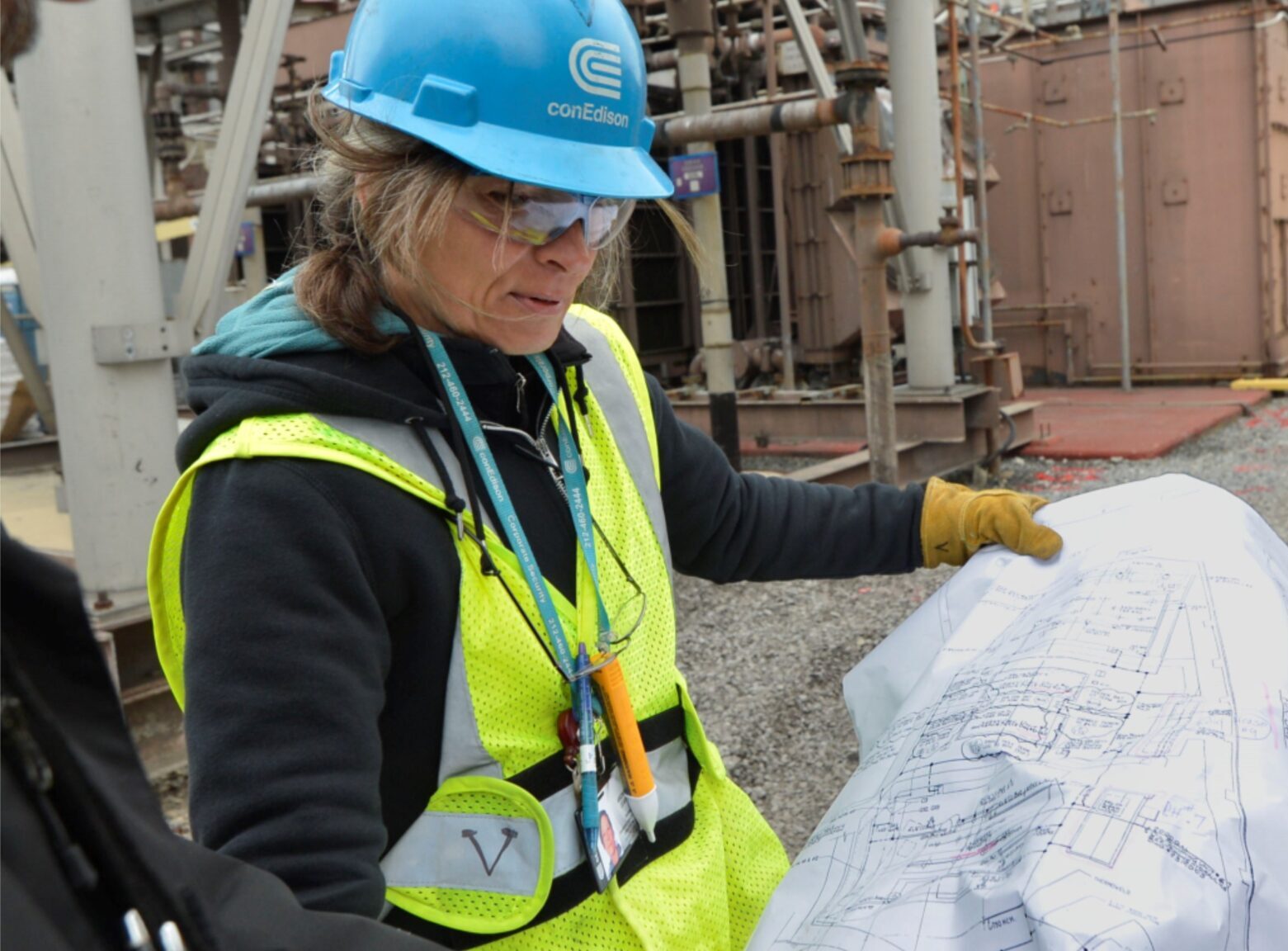Storm Hardening in a Climate Change Context

Summary
In 2012, New York City (NYC) suffered serious flood damage due to Superstorm Sandy. The storm spurred NYC to adopt a strategic approach to climate change resilience. In 2013, NYC convened an expert panel to update its city-level climate change projections. The Mayor’s office also published a municipal-resilience plan calling for 250 initiatives worth a total of US$15 billion. NYC’s actions have helped to promote and shape the climate resilience decisions of ConEdison, a gas, electricity and steam provider. It is a perfect example of how cities can promote and support power utilities (see figure CS5.1). A week following Superstorm Sandy, ConEdison established a goal of hardening its critical facilities before the next hurricane season. It identified US$1 billion worth of capital investments for 2013-2016. Part of these investments had already been identified as necessary, but Superstorm Sandy and NYC’s climate change projections created a need to act urgently. Furthermore, a collaboration with NYC and other stakeholders led ConEdison to approve new resilience actions.
Key take-aways
- A storm-hardening process can lead to a full-fledged climate resilience plan.
- Climate change adaptation does not always require ‘net new’ investments; often it raises the profile of operational-excellence measures that have already been identified.
- Cost-benefit analysis can be a useful tool to prioritize adaptation, but it raises issues about the value of impacts and benefits for different populations.
(0) Comments
There is no content